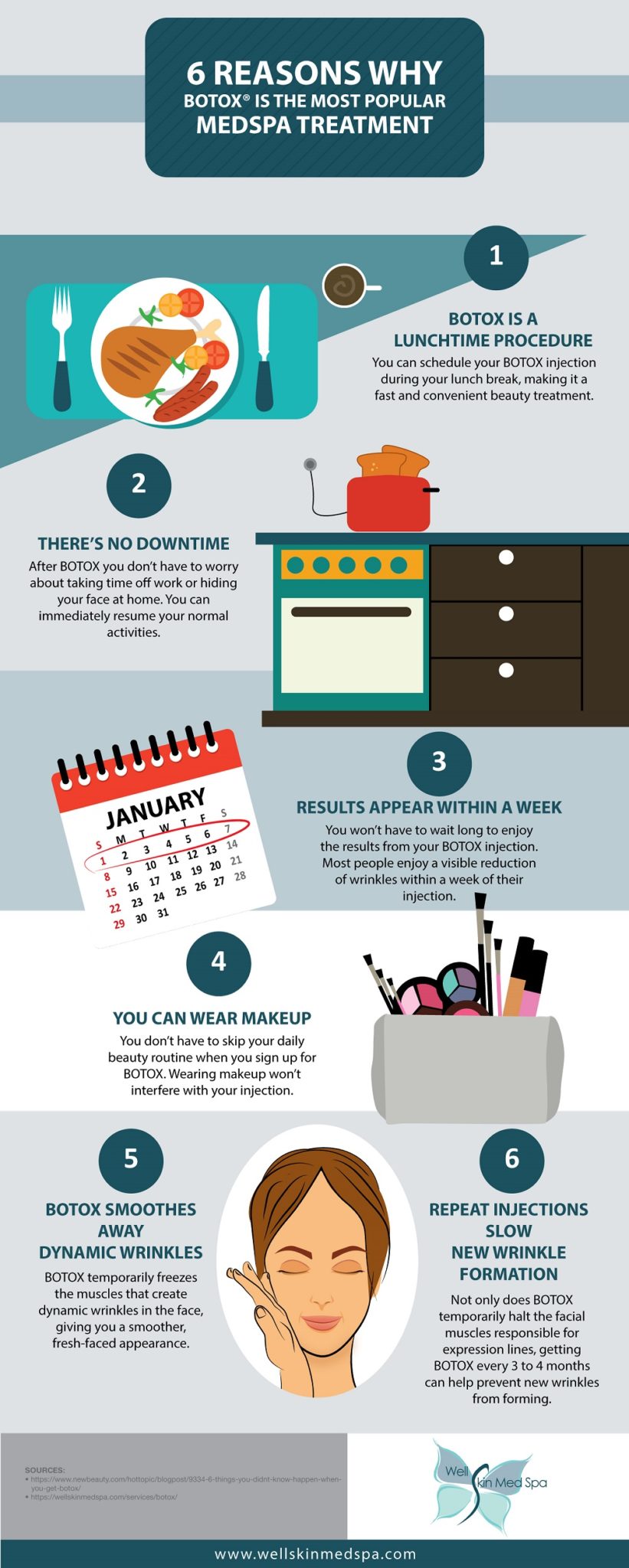Just How Does SMILE Eye Surgical Procedure Compare To LASIK And PRK?
Just How Does SMILE Eye Surgical Procedure Compare To LASIK And PRK?
Blog Article
Team Writer-Fischer Copeland
If you've been considering SMILE eye surgical treatment, you might question how it compares to LASIK and PRK. read review has its very own collection of benefits and considerations. From quicker recuperation times to possible risks, there are crucial distinctions you should know prior to deciding. Recognizing these differences will assist you make an educated selection that lines up with your certain needs and expectations. Interested to understand more regarding exactly how these procedures compare thoroughly? Keep discovering to obtain a thorough understanding of SMILE, LASIK, and PRK.
SMILE Eye Surgical Treatment Summary
If you're considering SMILE eye surgery, you'll discover it to be a minimally intrusive treatment with a quick recuperation time. Throughout SMILE (Little Laceration Lenticule Removal), a laser is utilized to develop a small, specific cut in the cornea to remove a small item of tissue, reshaping it to correct your vision. This varies from LASIK, where a flap is produced, and PRK, where the outer layer of the cornea is completely eliminated.
One of the key benefits of SMILE is its minimally invasive nature, bring about a faster healing procedure and less pain post-surgery. The healing time for SMILE is relatively fast, with numerous patients experiencing enhanced vision within a day or 2. This makes it a preferred selection for those looking for a hassle-free and effective vision adjustment treatment. Furthermore, SMILE has been revealed to have a reduced risk of dry eye syndrome compared to LASIK, making it a desirable option for people concerned concerning this possible side effect.
Distinctions In Between SMILE, LASIK, and PRK
When comparing SMILE, LASIK, and PRK eye surgeries, it is essential to comprehend the distinctive methods used in each treatment for vision modification.
SMILE (Little Cut Lenticule Extraction) is a minimally invasive treatment that entails creating a little laceration to remove a lenticule from the cornea, improving it to remedy vision.
LASIK (Laser-Assisted In Situ Keratomileusis) involves producing a slim flap on the cornea, utilizing a laser to improve the underlying cells, and afterwards rearranging the flap.
PRK (Photorefractive Keratectomy) removes the external layer of the cornea prior to improving the cells with a laser.
The primary distinction hinges on the method the cornea is accessed and dealt with. SMILE is flapless, making it an excellent option for people with thin corneas or those associated with contact sports. https://www.choice.com.au/health-and-body/optical-and-hearing/optical/articles/guide-to-laser-eye-surgery to the flap development, but it might pose a higher threat of flap-related issues. PRK, although having a much longer recuperation duration, prevents flap-related concerns completely.
Understanding these differences is crucial in choosing the most ideal procedure for your vision correction needs.
Pros and Cons Contrast
To examine the advantages and downsides of SMILE, LASIK, and PRK eye surgical treatments, it's essential to take into consideration the particular advantages and possible limitations of each treatment. SMILE surgical treatment offers the advantage of a minimally invasive procedure, with a smaller sized cut and potentially quicker recuperation time contrasted to LASIK and PRK. It likewise lowers the threat of dry eye post-surgery, a typical negative effects of LASIK. Nevertheless, SMILE might have limitations in dealing with greater degrees of myopia or astigmatism contrasted to LASIK.
LASIK surgical procedure provides quick visual recovery and marginal discomfort during the treatment. It's very reliable in dealing with a wide variety of refractive errors, including myopia, hyperopia, and astigmatism. Yet, LASIK carries a risk of flap difficulties, which can affect the corneal structure.
PRK eye surgery, while not as popular as LASIK, stays clear of producing a corneal flap, decreasing the danger of flap-related difficulties. It's suitable for patients with thin corneas or uneven corneal surface areas. Nevertheless, PRK has a much longer healing time and might entail more discomfort throughout the healing procedure.
Final thought
So, when it involves picking in between SMILE, LASIK, and PRK, consider it like choosing the best pair of shoes. SMILE is like a sleek, comfortable pair of sneakers - fast and simple.
LASIK is much more like fashionable high heels - showy and fast, however with some prospective risks.
PRK resembles tough hiking boots - reliable and sturdy, yet requiring a little bit more time and effort.
Inevitably, the most effective selection depends upon your specific demands and preferences.
